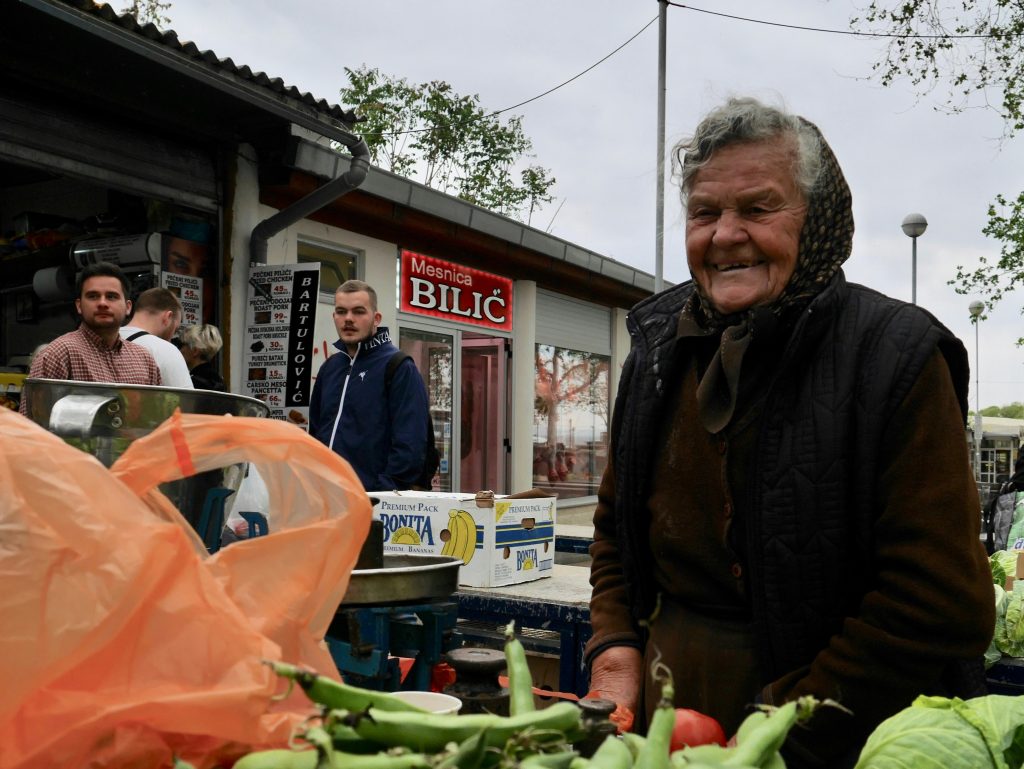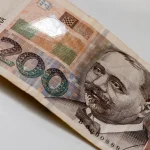August the 10th, 2024 – We all know that Croatian food prices have been the topic of endless headlines for months now, but the fact that they’re 22% higher than the EU average is of serious concern. A look at what’s more expensive, and what’s cheaper.
As Poslovni Dnevnik writes, when we say that Croatian food prices are at the level of the European Union average, people typically know that something has become expensive. But what about when they’re higher than that?
When the results of research carried out on more than 2,000 foods and services arrive from the European Union, which show that Croatian food prices are a staggering 22 percent higher, than the EU average, it’s hard to understand precisely what has happened. We like to blame Eurozone accession and inflation, but there appears to be far more bubbling away under the surface than that to justify such a steep hike.
“This is certainly not a good figure at all, we should strive to be around the average, if not cheaper. If this state of affairs continues and consumers judge that the price levels are too high, they’ll simply turn to cheaper competition or slow down their overall consumption. That would obviously not be good for anything, neither for the state budget, nor for retailers, nor for manufacturers,” Drago Munjiza, a business consultant, told HRT when discussing the rise in Croatian food prices.
It’s likely going to be somewhat surprising to some, but meat, fruit and vegetables being sold in Croatia are cheaper than the EU average. The most expensive items at the moment are juices, mineral water, coffee and tea. They’re as much as 27 percent more expensive than elsewhere in the EU on average. Croats allocate 15 percent more than the EU average for the purchase of bread and cereals, while milk, cheese and eggs are 4 percent more expensive.
Consumer associations, which constantly discuss excessively high Croatian food prices, are not surprised by this otherwise somewhat shocking data.
“Regardless of the fact that Croatia does have a lot of its own production, meaning direct agriculture and the food industry, food is still extremely expensive in this country. Around 40 percent of the typical household budget goes to food alone, and when we take into account the average pensions and salaries and that many people earn below the average, then the percentage of the typical household budget that goes to food is even higher,” explained Ana Knežević, president of the Croatian Association for Consumer Protection.
croatian food prices are generally high, but is anything cheaper?
Ridiculously, cigarettes are 30 percent cheaper in Croatian than the European Union average. Furniture is around 13 percent cheaper, transportation services are 11 percent lower, and services in hotels, cafes and restaurants are 10 percent less expensive.
Eurostat data shows that the Croatian standard is currently being maintained by relatively favourable housing costs, with which economic expert Damir Novotny agrees.
“We don’t have property tax, while all other countries, especially the Eurozone, have this form of tax that burdens residential buildings as well. Electricity in Croatia is known to be several times cheaper for households than the EU average, and gas was also cheaper until recently,” commented economic expert Damir Novotny.
While they do exist, it seems that cheaper items are rare. Two more that are more expensive than the EU average should be mentioned, namely electronic devices and the prices of telecommunication services.












